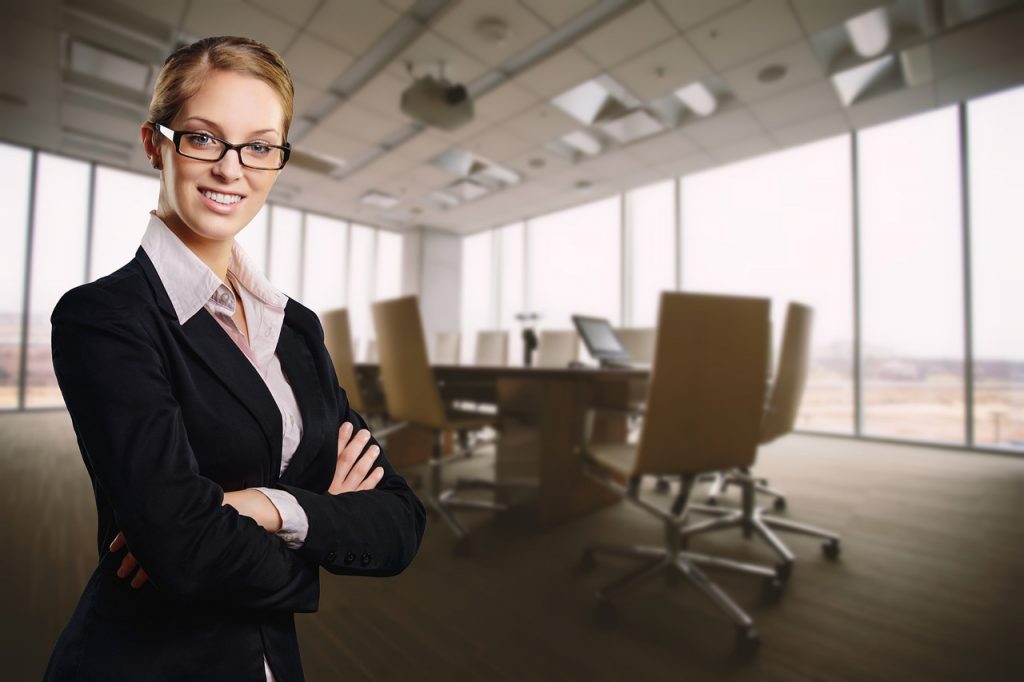Why Companies Are Radically Redoing Their Office Spaces
The pandemic changed a lot of things, and perhaps, the one good thing that it did was allow for remote work.
This article is more than 2 years old

The pandemic ushered in a lot of changes for traditional office workers. It shook up the age-old expectation that all employees needed to be in the office for 8 hours a day, 5 days a week in order to do their jobs effectively. It also enlightened individuals about the ways in which a greater work-life balance could be attained. Perhaps, most of all, it proved to folks that their happiness in the workplace was a lot more important than their employers gave them credit for. Now many traditionalists are practically begging their personnel to come back to their office spaces. And in some cases, these upper echelons are willing to figuratively drag their staff back in kicking and screaming. However, some companies are embracing the pandemic-induced workplace transformation and as such, they are redoing their offices to best accommodate and reflect that.
LinkedIn is one such company that chose to radically redo its flagship office spaces to make it a more inviting place to work and one that is more reflective of what people have become accustomed to during the past few years of mostly-remote work. Top LinkedIn execs said that they designed their brand new flagship location in California’s Silicon Valley as one that is uniquely suited to support hybrid work. It almost completely does away with the traditional office setup in favor of 75 unique types of seating and various common areas that look more like someone’s living room than they do an office environment.
Even the initially planned wide lobby was nixed and replaced with a homey-looking cafe. Liza Britz, head of workplace design at LinkedIn, said the new space was one that was birthed out of new perspectives. These new perspectives were ones that were made evident by the pandemic. From that viewpoint, one could say that if anything good came out of the paralyzing Covid-19 pandemic, it was the fact that it was a catalyst for a much-needed change in the office space. It highlighted the fact that cozy and welcoming office spaces don’t inherently cause a negative impact on productivity, but they can actually facilitate it.
Moreover, it’s important to note that while LinkedIn, and a few other companies, are embracing a new age of office spaces as well as this forward-thinking mentality it really is only a starting point. Robert Norwood, Interior Design Principal at NBBJ, helped to work on LinkedIn’s new flagship space and he pointed out that what designers are currently tapping into is uncharted territory. And there is a learning curve that goes along with embarking on a new endeavor or entering into any new space. Business Insider pointed out that failure is unavoidable, but what is important is what companies take away from those failures and apply what they learned to hopefully create something better. Overall, it’s exciting to see forward momentum happening in office spaces that have been plagued by designs and cultures that lasted far longer than they should have. Hopefully, this new forward moment doesn’t deteriorate back to the development of more stale office space environments.





